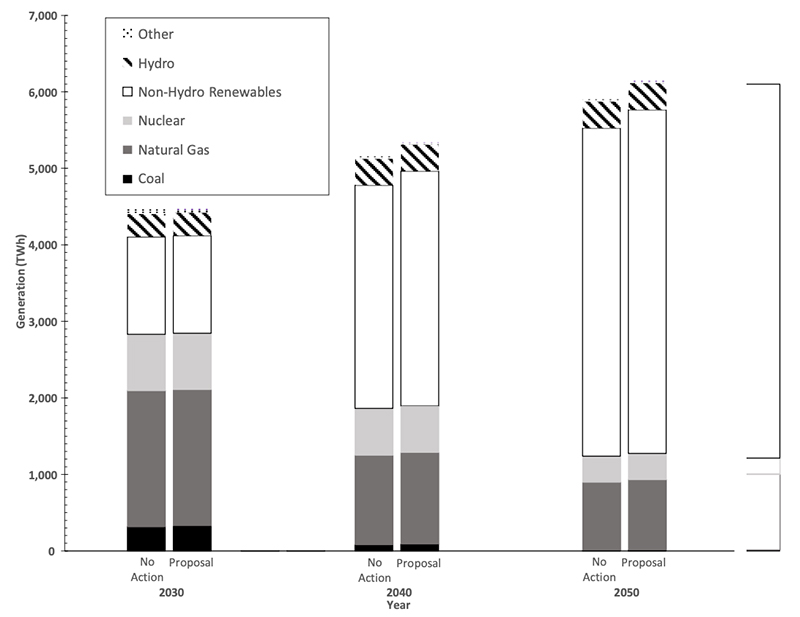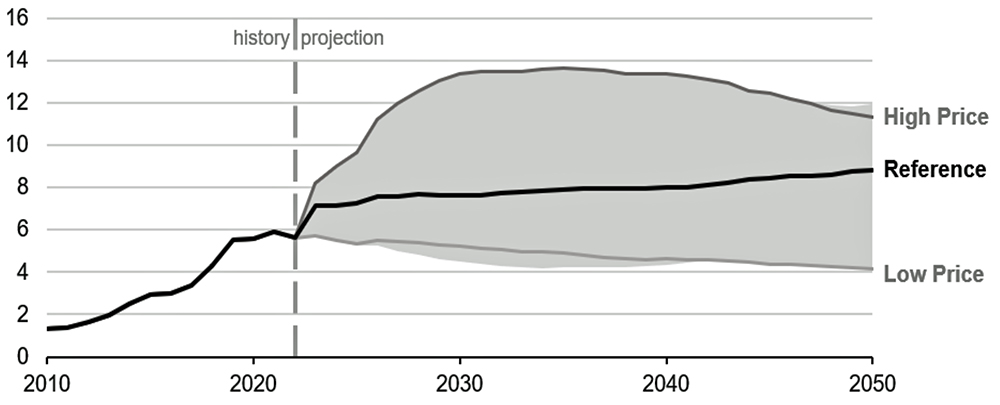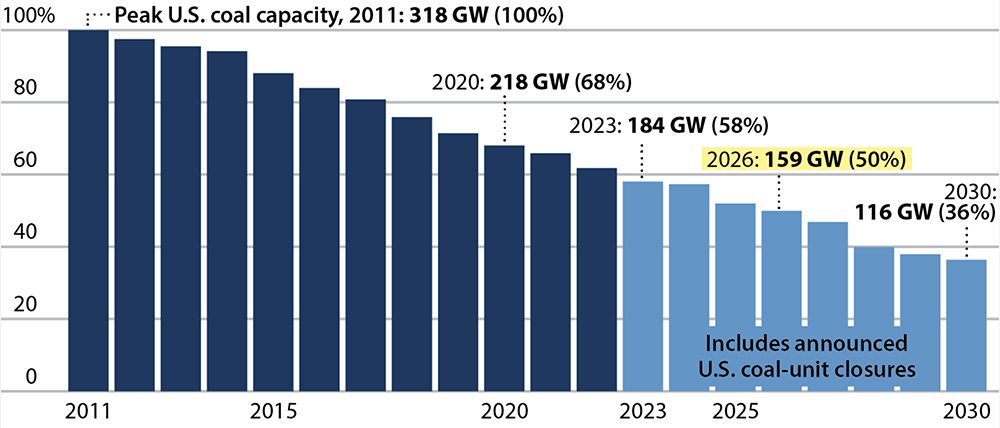New Jersey regulators agreed Wednesday to search for a consultant to help develop a new strategic plan to guide the state’s effort to install 11 GW of offshore wind by 2040.
The four members of the state’s Board of Public Utilities (BPU) voted unanimously to issue a “request for quotation” from consultants interested in compiling the plan, which would “guide New Jersey in achieving its offshore wind energy objectives and future solicitations,” said Jim Ferris, BPU’s deputy director of the Division of Clean Energy.
The move comes more than two years after the state released its first strategic plan, Navigating Our Future, which preceded the state’s aggressive pursuit of offshore wind capacity. The state has approved three projects totaling about 3.8 GW in two solicitations. And on March 4 the state opened a third solicitation that could add another 4 GW of capacity. (See NJ Opens Third OSW Solicitation Seeking 4 GW+)
In September, Gov. Phil Murphy increased the state’s OSW target capacity from 7.5 GW by 2035 to 11 GW by 2040.
Ferris said the aim of the new plan is not to duplicate past work but to “update [and] enhance based on the many changes in offshore wind since the first strategic plan was issued.”
The plan would likely be released before the third quarter of 2024, when the state expects to open a fourth solicitation, he said.
Learning Process
The board approved the consultant search after Commissioner Dianne Solomon, who has expressed concern about the costs of New Jersey’s renewable energy program, questioned whether the plan would “duplicate” work that has already been done.
Solomon said she was “glad to see that we’re looking at … different market forces and activity to give us some insight as to what these actual costs to ratepayers will actually be.
“In the past, we really have not had an opportunity to look at the all-in costs,” she said. “And this may give us maybe a little bit more insight, even though it’s not really a cost valuation.”
The board’s decision to create a second strategic plan comes as New Jersey’s first OSW project is moving ahead and the state is looking to position itself as a key player in providing services and supply chain support for wind projects along the East Coast. That includes developing the New Jersey Wind Port, with manufacturing and staging capacity designed to serve the industry. But the sector also has faced opposition from shore residents, tourism businesses and the commercial fishing sector, which all fear negative impacts from the OSW projects.
Most recently, a series of whale deaths along the New Jersey shore has raised concerns about the impact of the growing wind sector on marine life, sparking protests and a public hearing held by two of the state’s Republican congressmen, Reps. Jeff Van Drew and Christopher Smith, who have called for a halt to the projects. Federal marine authorities have said they see no connection between OSW developments and whale deaths.
BPU President Joseph L. Fiordaliso acknowledged that there had been “potholes,” unexpected developments in the process that turned into learning events, including the fact that some details should have been included in the early solicitations that were not. But he said the agency and state are trying to figure out how best to create a new industry.
In addition, he said, “a lot has changed from the first solicitation to where we are today.
“We just don’t throw mud up against the wall and hope something sticks,” Fiordaliso said. “That’s not how the approach goes. Your approach involves detailed research and information from wherever we can get it. And some of the price tags for this are certainly a little higher than was initially thought of.
“But we can’t stop. And I know, the next statement I’m going to make has been criticized by some. But can we afford not to do it? And the answer to that, in my opinion, is ‘no’,” he said.
Fiordaliso also dismissed claims that preliminary offshore studies conducted by OSW developers may have led to the whale death.
“As I’ve said many times before, there are very powerful forces out there that don’t want us to succeed,” he said. “And then we also say there is no evidence that what’s going on as far as offshore wind is concerned is in any way affecting the whales or the dolphins. There’s no scientific evidence to that.”
Reducing Barriers to Grid-scale Solar
In a separate proceeding, the board modified several requirements in the Competitive Solar Incentive (CSI) program, loosening some parts of the program to make it easier for developers to comply with rules.
The program — approved in June 2021 under the Successor Solar Incentive programs (SuSi) with the specifics being approved last December — created the state’s first grid supply program. It covers basic grid supply; grid supply projects located on the built environment; grid supply projects on contaminated sites and landfills; and net metered non-residential projects greater than 5 MW.
The board approved the removal of two elements that, according to the presentation by BPU research scientist Diane Watson, “create barriers to participation in the CSI program that considerably outweigh the intended benefit of ensuring project maturity.”
One removed element required a developer to “provide electrical and building permits, or documentation that applications for electrical and building permits have been submitted to the relevant municipality,” according to the order approved by the board. The board concluded that was detrimental because it “forces the registrants to make design and procurement decisions at too early a point in the development process.”
The board also removed a requirement that registrants “supply a contract between the primary installer or the third-party owner, and the bidder or customer of record, within 30 days after receiving an award.” The board found that the requirement “conflicts with the timelines of internal and external review for many of those entities,” according to the order.





